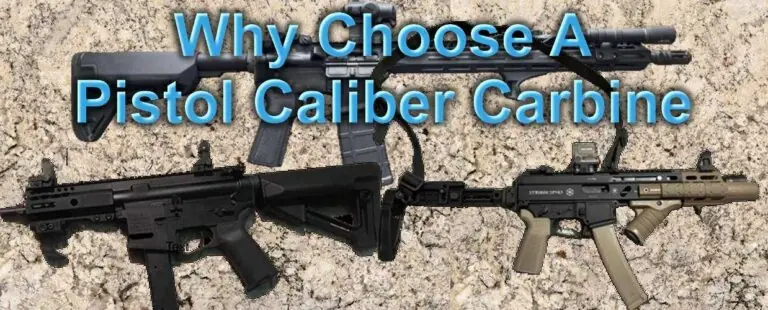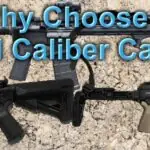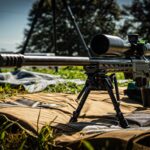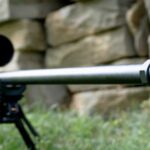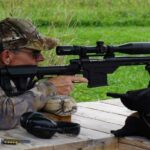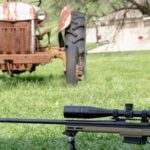Pistol Caliber Carbines are the way to go!
The AR-15 is the most popular gun in America, with about 6% of Americans owning one. Fun fact: about 6% of Americans identify as vegetarian. Coincidence? Nobody knows… But just because the AR15 is popular doesn’t mean it’s the best option for you. Here are three reasons it might not be the best choice for you—and what you should actually be spending your money on instead.
Before diving into those reasons, it’s worth acknowledging why the AR-15 became America’s rifle in the first place. It’s modular, lightweight, customizable, and widely supported by nearly every accessory manufacturer in the firearms industry. From red dots to stocks to handguards, the AR-15 has become the adult version of LEGO. But as great as it is, the platform isn’t the perfect tool for every job—especially not for home defense or economical training. Sometimes the “most popular” option isn’t the most practical one, and that’s where a little nuance goes a long way.
1. Not Great for Home Defense
Most AR-15s are chambered in 5.56 or .223, cartridges flying at around 3,000 fps. That’s great for engaging targets out to 500+ yards but that’s a lot of energy to put through a home intruder. Bullets moving that fast don’t just stop at walls or bodies—they go through them. Punching through drywall like the Kool-Aid Man isn’t exactly family-friendly—or neighbor-friendly.
In real-world home-defense situations, overpenetration is one of the biggest and most overlooked risks. Houses aren’t made of concrete or steel—they’re made of drywall, thin studs, hollow doors, and cheap siding. If you live in an apartment or close suburban neighborhood, that risk increases. Yes, there are some solutions like frangible ammo or AR-15s chambered in 300 Blackout, but those lead to another issue…
2. Ammo Costs Add Up Fast
.223/5.56 isn’t the most expensive ammo, but when you’re ripping through 30-round mags in 5 seconds, the costs pile up fast. Specialized rounds to reduce over-penetration? Even pricier.
Most of us don’t run deficits like the federal government, so saving on ammo means more money for training—which is just as important as owning a gun.
Whether you’re practicing transitions, reloads, or just working on fundamentals, cost-per-round matters. Many people underestimate how much they’d actually shoot if ammo were cheaper. This is why competition shooters, instructors, and high-volume hobbyists often gravitate toward calibers that allow hundreds of rounds per session without crying at their bank account afterward. When ammo is affordable, training becomes a habit instead of a special event.
3. They’ll Blow Your Ears Out
A Christmas Story warned us about shooting your eye out, but movies rarely talk about blowing your ears out. An unsuppressed AR-15 in 5.56 hits around 160 decibels—indoors that WILL cause instant, permanent hearing loss. Suppressed, it’s still 130-140 decibels, way above the 120-decibel threshold for immediate hearing damage.
Unless you’re planning to grab ear protection during an unplanned home defense emergency, which nobody does, this is a real issue.
It’s one thing to shoot outdoors on a sunny range day where you can double up on hearing protection and stay comfortable. It’s entirely different when you’re half-awake at 2 a.m. and someone just kicked in your door. The blast and concussion of 5.56 indoors can disorient you, increase stress, and reduce your ability to communicate with family members or 911.
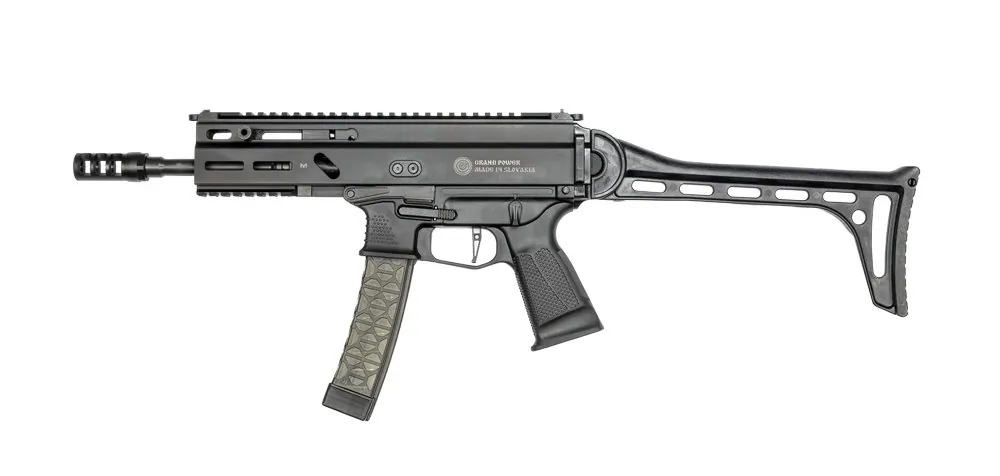
So, What Should You Use Instead?
Enter the Pistol Caliber Carbine (PCC). These firearms combine the functionality of a semi-auto rifle with the practicality of pistol cartridges. Here’s why they shine:
- Less Overpenetration: Pistol rounds can and do still penetrate walls, but carry far less penetration than your typical AR-15. A wide selection of affordable hollow points and frangible pistol ammo reduce risk even further.
- Quieter Shooting: Pair subsonic ammo with a suppressor, and you’ve got hearing-safe shooting in your own home—Going deaf shouldn’t be a consequence of defending yourself.
- Cost-Effective Training: Pistol ammo is less expensive, meaning more practice for your dollar. More practice = more skills (Napoleon Dynamite)!
Beyond these advantages, PCCs also benefit from low recoil, improved controllability, and ease of use for new shooters. They’re a natural step up from a handgun but far easier to manage under stress. Additionally, many models accept the same magazines as popular pistols; meaning more consistency, fewer logistics headaches, and less money spent on incompatible gear.
There are an enormous amount of options to choose from too. Popular PCCs include AR-9s, MP5s, AK-Vs, Stribogs, and more. They’re effective up to 100 yards (or further in some cases) and meet most shooters’ needs. Plus, let’s be real: how often are you shooting your AR-15 at 600-700 yards? Most real-world shooting happens inside 100 yards.
Final Thoughts
This isn’t an either/or situation—you can (and should) own different firearms for different purposes. The AR-15 is a great platform, but its popularity sometimes overshadows better options. For home defense or cost-effective training, a PCC is flat out going to be better for most Americans.
Think I missed something? Have strong opinions? Drop a comment below and let’s talk!
Are you ready to take your shooting abilities to the next level, if so, contact us!

